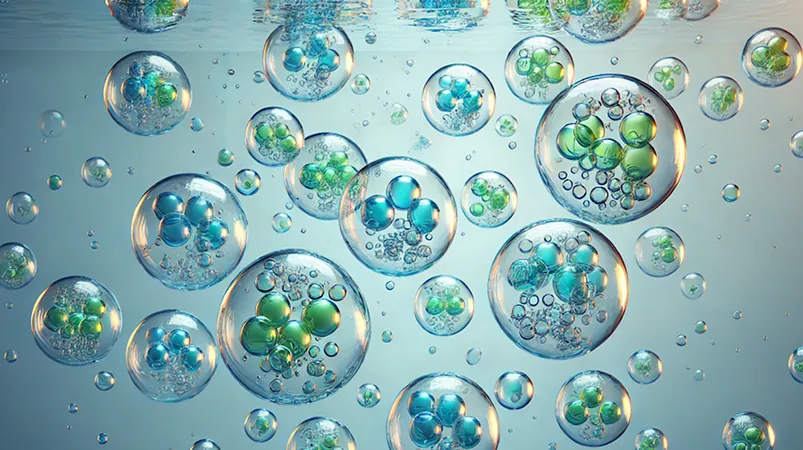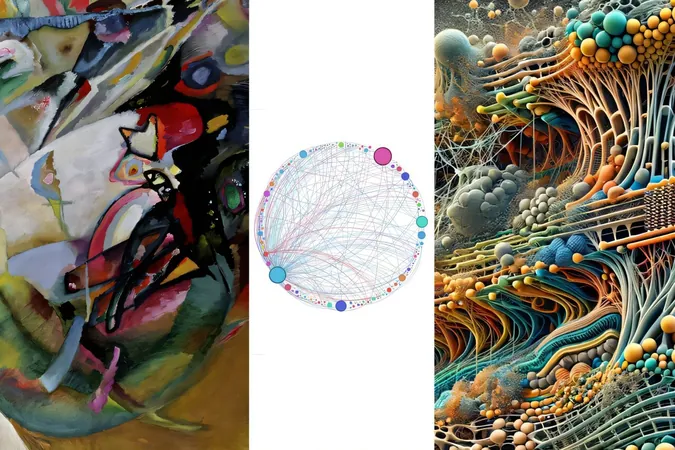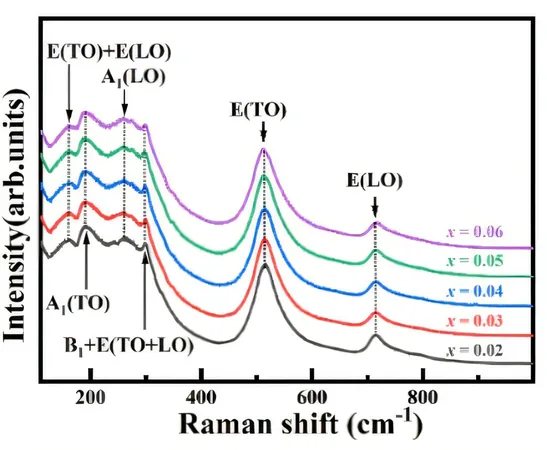
Breakthrough in Synthetic Biology: New Cells Successfully Mimic Natural Communication!
2024-11-13
Author: Mei
Breakthrough in Synthetic Biology: New Cells Successfully Mimic Natural Communication!
A groundbreaking study from the University of Basel has unveiled a significant achievement in synthetic biology: researchers have developed simple, environmentally sensitive synthetic cells that not only contain artificial organelles but also successfully replicate natural cellular communication for the very first time! This remarkable advancement could revolutionize both basic research and medical applications.
Communication is vital for all life forms. From the simplest bacteria to complex multicellular organisms, the ability of cells to send, receive, and process signals is fundamental. The research team, led by Professor Cornelia Palivan and Nobel Prize-winner Professor Ben Feringa, recently published their findings in the esteemed journal Advanced Materials, shedding light on how synthetic cells can imitate this vital function.
The innovation arises from a distinctive approach where the researchers utilized polymer-based containers. These tiny "protocells" were loaded with specialized nanocontainers, allowing for the simulation of natural cellular organs. "By constructing cell-sized microcontainers filled with specific molecules, we’ve created highly simplified synthetic cells that can communicate similarly to natural ones," Palivan elaborated.
At the core of their system are two types of protocells: "sender" and "receiver" cells, modeled on the signal transmission mechanisms found in our eye's retina. The sender cells are equipped with nanocontainers that act as artificial organelles. When these cells are illuminated with light, special light-sensitive molecules trigger a release of substances into their interiors, initiating the communication process.
This substance, referred to as substance A, can exit the sender cell and travel through the surrounding fluid to reach the receiver protocell. Upon entering, it interacts with artificial organelles that harbor an enzyme, converting substance A into a fluorescence signal. This glowing output serves as an indication that the signal transmission has been successfully established between the two protocells.
The researchers have also designed the receiver cells to incorporate light-responsive elements that can be influenced by calcium ions—a crucial component in the natural photoreceptors of the retina. Just as calcium ions help the eye adjust to bright light, these ions in the synthetic structures can modulate the signal's intensity, demonstrating a sophisticated level of control over the communication process.
Palivan emphasizes, “Our work not only enables the triggering of complex signal cascades via external light pulses but also reveals the potential for fine-tuning these processes with calcium ions. This is a novel advancement that could lead to more complex models of cell communication.”
The implications of this development are immense. It paves the way for creating intricate communication networks mimicking those found in living cells. Such progress could ultimately lead to innovative therapeutic applications, including targeted drug delivery, enhanced tissue engineering, and potential integration with natural biological systems.
As synthetic biology continues to evolve, the exciting possibilities presented by these synthetic protocells remind us how close we are to bridging the gap between artificial and natural cellular communication, with an eye towards the future of medicine and biotechnology.
Stay tuned as we uncover more about these revolutionary synthetic cells and their potential impact on the world of science!



 Brasil (PT)
Brasil (PT)
 Canada (EN)
Canada (EN)
 Chile (ES)
Chile (ES)
 España (ES)
España (ES)
 France (FR)
France (FR)
 Hong Kong (EN)
Hong Kong (EN)
 Italia (IT)
Italia (IT)
 日本 (JA)
日本 (JA)
 Magyarország (HU)
Magyarország (HU)
 Norge (NO)
Norge (NO)
 Polska (PL)
Polska (PL)
 Schweiz (DE)
Schweiz (DE)
 Singapore (EN)
Singapore (EN)
 Sverige (SV)
Sverige (SV)
 Suomi (FI)
Suomi (FI)
 Türkiye (TR)
Türkiye (TR)